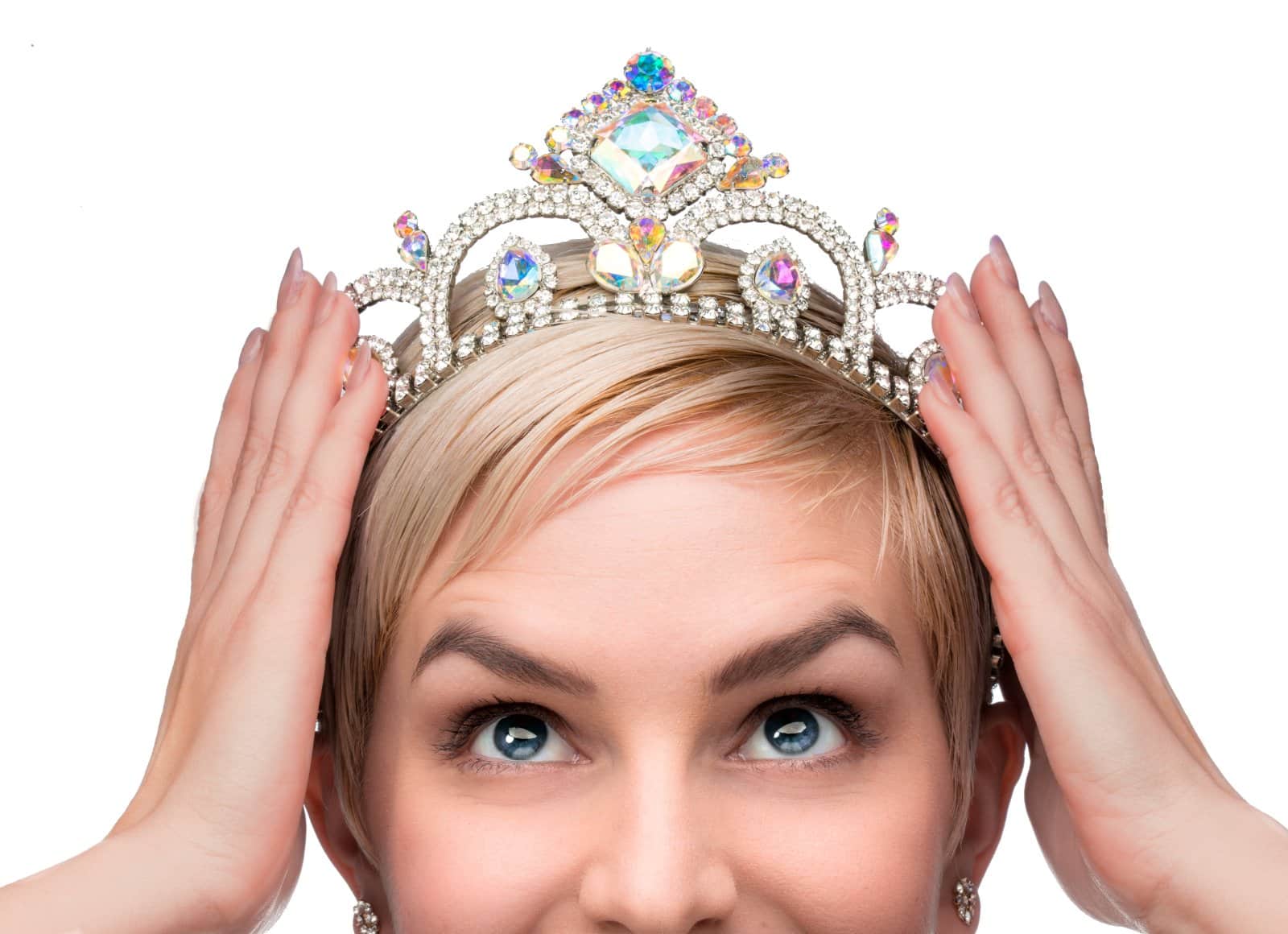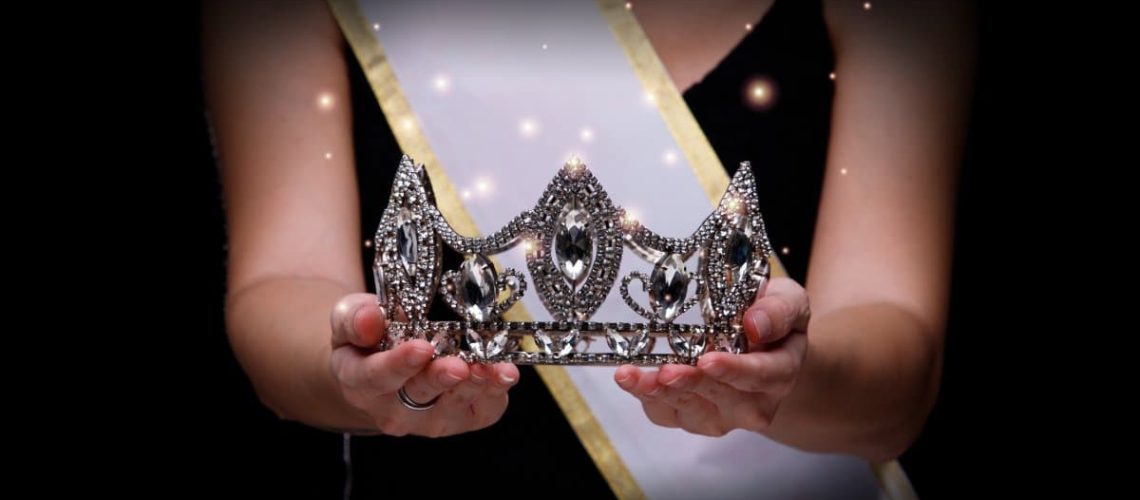The Miss USA pageant eliminated its upper age limit for contestants in an effort to promote inclusivity. However, none of the older constants made it to the finals.
Raising the Age Limit

Last year, the Miss USA pageant decided to get rid of its age limit, which had previously not allowed women over the age of 28 to compete. This historic decision is an important step in the pageant’s attempts to be more inclusive.
The Idea of Inclusivity

This age limit change was intended to give the pageant a more modern and inclusive reputation. The motivation behind this change is largely a recognition that women of all ages can possess the qualities and experiences looked for in this competition.
Ending Other Restrictions

In the 2023 season, the Miss USA pageant also removed other restrictions on married, divorced, and pregnant contestants, getting one step closer to full inclusion.
Inspiring Miss Johnson

One of the most notable competitors was Miss Arizona K. Johnson. She spent many years trying to enter the Miss USA pageant until she inevitably aged out.
Entering at 41

Now, Johnson has shown the world that dreams are possible at any age. Entering at 41, she finally got her chance to compete and show true resilience.
Diverse Contestants

Other constants included 33-year-old Miss Indiana Stephanie Sullivan and 31-year-old Miss North Dakota Codi Miller, who were allowed to enter the 2024 season following last year’s rule change.
Motherhood in Pageantry

Sullivan knocked down boundaries by balancing her motherhood and pageantry goals. A mother of three, the contestant proved the success of women in their familial and professional areas.
A Lifelong Dedication

On the other hand, Miller’s re-entry this year shows her love and commitment to pageantry. She previously participated in Miss Teen USA 2009 and was able to return to the national stage despite her age.
Transgender Representation

Another contestant, Bailey Anne Kennedy, became the first transgender woman to win Miss Maryland. At 31, the constant demonstrates how much more inclusive the pageant has become.
Results of the Pageant

Although the pageant itself saw older contestants, none of those who advanced to the top 20 were over the age of 27. This final result brought up some questions about the motivations of the inclusive move.
Youth Dominates

The domination of younger finalists may be an indication that the judges and their criteria might prefer the younger contestants to the older ones.
Challenges in Age Diversity

Former constants were honest about how challenging an age change like this one may be. Many felt it would be difficult to compare a 20-year-old with a 40-year-old on a stage like this one, with such different lived experiences.
Relevance and Modernization

Some people felt that the decision was more about appearances. Becoming more inclusive may have been the pageant’s way of appearing more modern and inclusive to new potential viewers.
Critiquing the Decision

Others have expressed that the decision may not have totally been in good faith. Some believe the financial motives that come with increasing contestant numbers may have been a greater factor than true inclusivity.
Miss USA Leadership’s Vision

The Miss USA president has stood by the decision. She truly wants the organization to prove that it’s inclusive and diverse, adapting to become better in a more modern society.
Age and Capability

The greatest lesson of this decision has been the capability of women of all ages. Age should not limit opportunities because women can decide to achieve new goals at any stage in life, including in pageants.
Redefining Miss USA

This shift is changing how we as a society define what it means to be Miss USA. Many older contestants have had a wider variety of life experiences, which could influence the judges.
Challenging Pageantry Stereotypes

Miss USA has long been viewed as merely a judgment of beauty. The pageantry industry, in general, has spent many years trying to prove that many factors go into this celebration of women other than just looks and youth.
Miss Michigan Wins

In the end, a 22-year-old US Army Officer, Miss Michigan’s Alma Cooper, was crowned the winner. Young winners have been the trend in Miss USA for a long time.
A Step Toward Inclusivity

While the rule change is seen as a step toward inclusivity, it may take a few years before we see this transition also impact the competition outcomes.
Balancing Tradition and Modernity

Miss USA is just one beauty pageant amongst many trying to balance its culture of tradition with new modern values that promote inclusivity and diversity.
A Complex Change

The decision to remove the upper age limit has truly opened the conversation about its true impact on pageantry and how we perceive age and beauty as a society.
21 Beliefs About the Bible That Are Actually False

The Bible is one of the most discussed and debated books in history, yet many common beliefs about it are more myth than fact. How many of these misconceptions have you heard before? 21 Beliefs About the Bible That Are Actually False
21 Subtle Racisms That Are Commonplace in America

Racism in America isn’t always overt; it often hides in plain sight through subtle actions and attitudes. How many of these subtle racisms have you noticed around you? 21 Subtle Racisms That Are Commonplace in America
Only Legal in America: 21 Things You CAN’T Do in the Rest of the World

The U.S. dances to its own beat, especially when it comes to laws that make the rest of the world do a double-take. Here’s a lineup of things that scream “Only in America,” sticking strictly to what’s written in the law books. Ready for a tour through the American legal landscape that’ll leave you wondering if freedom might just be a bit too free? Only Legal in America: 21 Things You CAN’T Do in the Rest of the World
Featured Image Credit: Shutterstock / Jade ThaiCatwalk.

